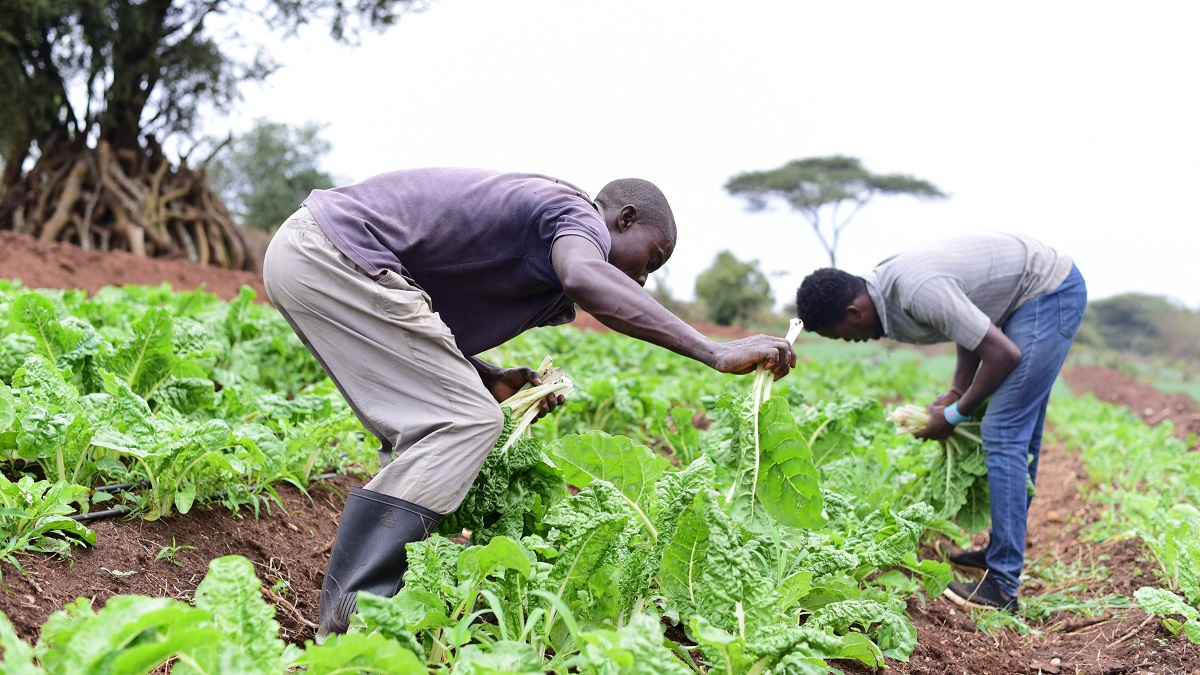Precision Agriculture: Reinventing Farming with Modern Technology
Precision Agriculture: Reinventing Farming with Modern Technology
Blog Article
Optimize Crop Growth and Yield With Costs Water Soluble Polymers for Farming
Costs water-soluble polymers have actually emerged as an encouraging tool in this pursuit, using an array of benefits that can reinvent the way we approach plant farming. By resolving vital elements such as dirt framework, water retention, and nutrient delivery, these polymers have the prospective to unlock brand-new levels of efficiency and yield in farming manufacturing.
Advantages of Water-Soluble Polymers
Water-soluble polymers offer a variety of advantages in farming applications, boosting soil framework and water retention efficiency. These polymers, when related to the dirt, can considerably improve soil aggregation, decreasing erosion and enhancing total dirt health and wellness. By boosting dirt framework, water-soluble polymers develop an extra positive atmosphere for root growth and advancement, eventually causing enhanced plant yields.

Improved Soil Structure
Given the demonstrated advantages of water-soluble polymers in boosting dirt high quality and water retention, a key aspect that stands out is the substantial effect these polymers have on restructuring the dirt make-up. Premium water-soluble polymers play an essential role in boosting dirt structure by advertising soil aggregation and security. By enhancing dirt structure, water-soluble polymers help protect against soil compaction, which can limit root development and water motion.
Enhanced Water Retention
Boosted water retention can be attained through the usage of costs water-soluble polymers in agricultural techniques. These polymers have the unique capability to soak up and retain big quantities of water within the soil profile, producing a storage tank that plants can access during periods of water stress and anxiety.
Premium water-soluble polymers work by developing a gel-like framework when mixed with water, enhancing the dirt's water-holding ability and decreasing water loss via evaporation and overflow. This boosted water retention not only improves plant resilience to drought conditions however additionally reduces the frequency of irrigation, bring about water conservation and price financial savings for farmers.
Effective Nutrient Shipment
With the foundation of improved water retention now established, the focus shifts towards maximizing farming techniques via the reliable distribution of nutrients to plants for continual growth and efficiency (Agriculture). Effective nutrient delivery is essential in optimizing plant yields and making sure plant health and wellness. Water-soluble polymers play a crucial function in this process by helping with the regulated launch of necessary nutrients to the plants' root systems
One key advantage of utilizing premium water-soluble polymers for reliable nutrient distribution is their capability to bind with nutrients, such as nitrogen, potassium, and phosphorus, avoiding leaching and drainage. This makes sure that the plants receive a constant and steady supply of nutrients, lowering waste and ecological effect.
Moreover, these polymers can boost nutrient uptake effectiveness by promoting origin advancement and improving dirt structure (Agriculture). By producing a favorable setting for root development, water-soluble polymers help plants gain access to nutrients much more properly, resulting in much healthier plants with enhanced resistance to stress factors like drought or illness
Optimizing Crop Returns
These polymers play published here an important role in improving soil framework, water retention, and nutrient absorption, inevitably leading to improved plant development and advancement. By including water-soluble polymers right into their irrigation see this here methods, farmers can make sure that plants get a ample and constant water supply, also during durations of dry spell or water scarcity.
In addition, water-soluble polymers help in reducing dirt disintegration, minimize nutrient leaching, and promote origin advancement, every one of which add to higher plant yields. By forming a protective film around plant roots, these polymers improve nutrient uptake efficiency and safeguard plants from environmental stress factors. Additionally, the usage of costs water-soluble polymers can boost the general wellness and resilience of plants, causing boosted yields and boosted farming sustainability.
Verdict

These polymers, when used to the dirt, can considerably boost soil aggregation, decreasing erosion and enhancing overall soil wellness.Provided the demonstrated benefits of water-soluble polymers in boosting dirt quality and water retention, a vital aspect that stands out is the considerable influence these polymers have on reorganizing the dirt composition. Costs water-soluble polymers play a crucial duty in enhancing dirt framework by advertising dirt gathering and stability. By boosting dirt structure, water-soluble polymers aid avoid soil compaction, which can restrict root development and water activity. These polymers have the one-of-a-kind capability to take in and keep large quantities of water within the dirt profile, creating a storage tank that plants can access throughout periods of water tension.
Report this page